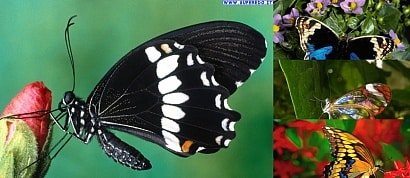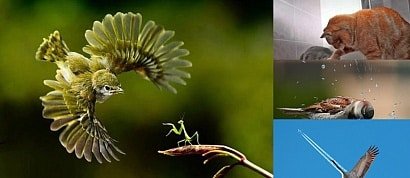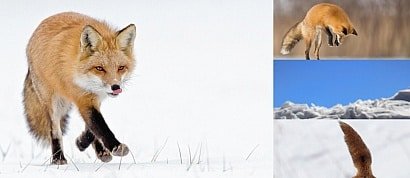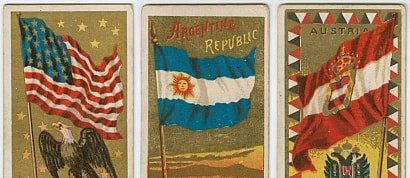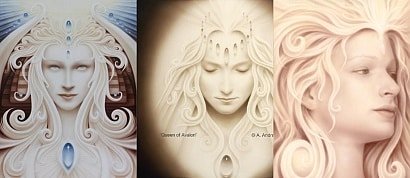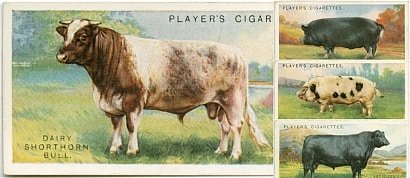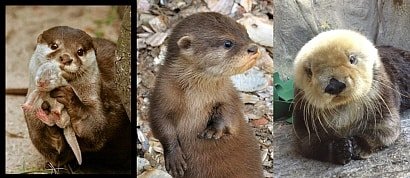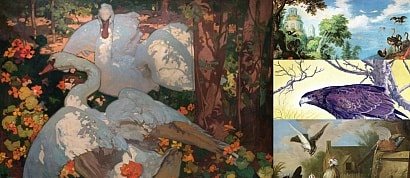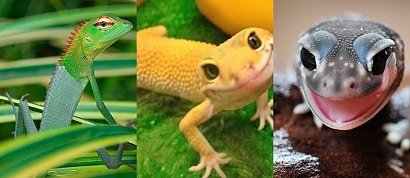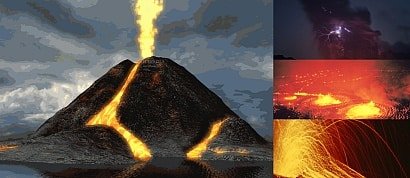A list of my favorite images of numbats.
en.wikipedia.org/wiki/Numbat
The numbat (Myrmecobius fasciatus), also known as the banded anteater, marsupial anteater or walpurti, is a marsupial found in Western Australia.
Its diet consists almost exclusively of termites. Once widespread across southern Australia, its range is now restricted to several small colonies, and it is listed as an endangered species.
The numbat is an emblem of Western Australia and protected by conservation programs.
The numbat is a small, colourful creature between 35 and 45 centimetres (14 and 18 in) long, including the tail, with a finely pointed muzzle and a prominent, bushy tail about the same length as its body.
Colour varies considerably, from soft grey to reddish-brown, often with an area of brick red on the upper back, and always with a conspicuous black stripe running from the tip of the muzzle through the eyes to the bases of the small, round-tipped ears. Between four and eleven white stripes cross the animal's hindquarters, which gradually become fainter towards the midback. The underside is cream or light grey, while the tail is covered with long, grey hair flecked with white.
Weight varies between 280 and 700 g (9.9 and 24.7 oz).
Unlike most other marsupials, the numbat is diurnal, largely because of the constraints of having a specialised diet without having the usual physical equipment for it. Numbats are not large and they have five toes on the fore feet and four on the hind feet.
However, like other mammals that eat termites or ants, the numbat has a degenerate jaw with up to 50 very small, nonfunctional teeth, and although it is able to chew, rarely does so, because of the soft nature of its diet.
Uniquely among terrestrial mammals, an additional cheek tooth is located between the premolars and molars; whether this represents a supernumerary molar tooth or a deciduous tooth retained into adult life is unclear. As a result, although not all individuals have the same dental formula, in general, it follows the unique pattern: 4.1.3.1.43.1.4.1.4
Like many ant-eating animals, the numbat has an unusually long, narrow tongue, coated with sticky saliva produced by large submandibular glands. A further adaptation to the diet is the presence of numerous ridges along the soft palate, which apparently help to scrape termites off the tongue so they can be swallowed.
The digestive system is relatively simple, and lacks many of the adaptations found in other entomophagous animals, presumably because termites are easier to digest than ants, having a softer exoskeleton.
Numbats are apparently able to gain a considerable amount of water from their diets, since their kidneys lack the usual specialisations for retaining water found in other animals living in their arid environment. Numbats also possess a sternal scent gland, which may be used for marking their territories.
Although the numbat finds termite mounds primarily using scent, it has the highest visual acuity of any marsupial, and, unusually for marsupials, has a high proportion of cone cells in the retina. These are both likely adaptations for its diurnal habits, and vision does appear to be the primary sense used to detect potential predators. Numbats regularly enter a state of torpor, which may last up to fifteen hours a day during the winter months.
Added to
People who voted for this also voted for
Butterflies
Animal Candids 1
Foxxy
Polish Classics - Syrena
Beautiful Thailand
Europe in Color by Prokudin-Gorsky (1903-1912)
Anautix' favorite Smooth Jazz
"Tempo"_4 (Italian Magazine)
Cigarette Cards: Flags of all Nations (1887)
Andrew Gonzales - 2
Animal Candids 15; Family, part 2
Player's Cigarette Cards
Cigarette Cards: Live stock (1915)
Anautix' favourite German Movies (1990-2009)
Chess in the cinema
More lists from kathy
Favorite Images of Otters #1
Favorite Images of Quokkas #1
Favorite Paintings of Birds
Favorite Images of Red Pandas
Favorite Images of Rodents
Favorite Images of Lizards #2
Favorite Images of Volcanoes
 Login
Login





























